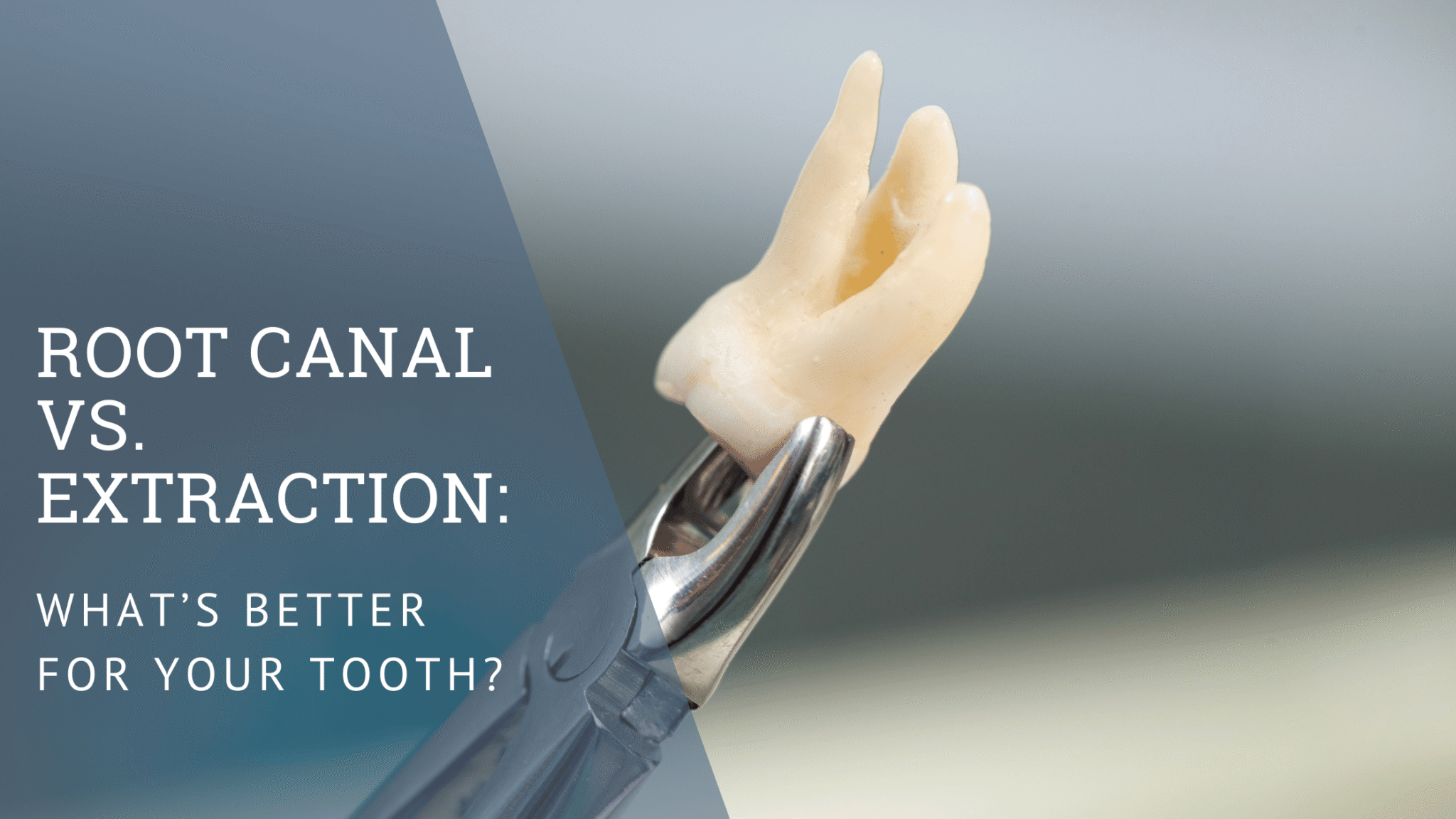When you’re dealing with a painful, infected, or damaged tooth, two treatment options usually come up: a root canal or a tooth extraction. Both can relieve pain, but they work in very different ways—and one is usually better for your long-term oral health. At Eastern Idaho Endodontics, our goal is always to save your natural tooth whenever possible. Let’s break down the differences so you can make the best decision for your smile.
What Is a Root Canal?
A root canal is a specialized procedure that removes infection from the inside of a tooth while keeping the natural structure intact. Here’s what happens during treatment:
-
The infected pulp is removed.
-
The tooth is carefully cleaned and disinfected.
-
The space is filled and sealed to prevent reinfection.
-
Your dentist often restores the tooth with a crown for strength and durability.
The result? A healthy, pain-free tooth that looks and functions just like your natural smile.
What Is an Extraction?
A tooth extraction means removing the entire tooth from your mouth. While it eliminates the infection or pain, it also leaves a gap in your smile. Depending on the situation, you may need:
-
A dental implant
-
A bridge
-
Or partial dentures
These restorations can replace the missing tooth, but they often require more time, cost, and care in the long run.
Comparing Root Canal vs. Extraction
| Root Canal | Extraction |
|---|---|
| Preserves your natural tooth | Removes your tooth completely |
| Restores comfort and function quickly | May require additional procedures (implants, bridges, dentures) |
| Less impact on surrounding teeth | Can cause shifting of nearby teeth if not replaced |
| Typically faster recovery | Healing involves gum and bone tissue |
| Long-lasting with proper care | Replacement options can be costly and lengthy |
Which Option Is Better?
Every case is unique, but in most situations, a root canal is the preferred choice because:
-
Nothing looks, feels, or functions quite like your natural tooth.
-
Saving the tooth helps maintain proper bite alignment.
-
You avoid the added expense and time of replacement options.
An extraction is usually recommended only when:
-
The tooth is too damaged to repair.
-
There isn’t enough healthy structure left to support a crown.
-
Severe trauma or fractures make saving the tooth impossible.
Why Saving Your Natural Tooth Matters
At Eastern Idaho Endodontics, we believe your natural teeth are worth saving whenever possible. Here’s why:
-
Better function: Chewing and speaking remain natural.
-
Healthier smile: Prevents jawbone loss that can happen after extractions.
-
Confidence boost: Keeps your smile complete and natural-looking.
-
Cost-effective: Avoids the long-term costs of implants or bridges.
Final Thoughts
When it comes to root canal vs. extraction, the answer often depends on the condition of your tooth—but in most cases, a root canal is the better choice. It relieves pain, saves your natural tooth, and protects your smile for the long run. At Eastern Idaho Endodontics, our team specializes in root canals and advanced endodontic care, giving you the best chance to preserve your natural teeth.
FAQs About Root Canal vs Extraction
1. Is a root canal more painful than an extraction?
No—both are performed under anesthesia. Most patients find root canals surprisingly comfortable, often easier than expected.
2. Is a root canal more expensive than extraction?
An extraction may cost less upfront, but replacement options like implants or bridges make it more expensive long-term.
3. How long does recovery take?
Root canals usually have faster recovery. Extractions involve gum and bone healing, which may take longer.
4. Can every tooth be saved with a root canal?
Not always—if the tooth is severely fractured or beyond repair, extraction may be necessary.
5. Why do dentists recommend root canals over extractions?
Because saving natural teeth helps protect your overall oral health, appearance, and function.




